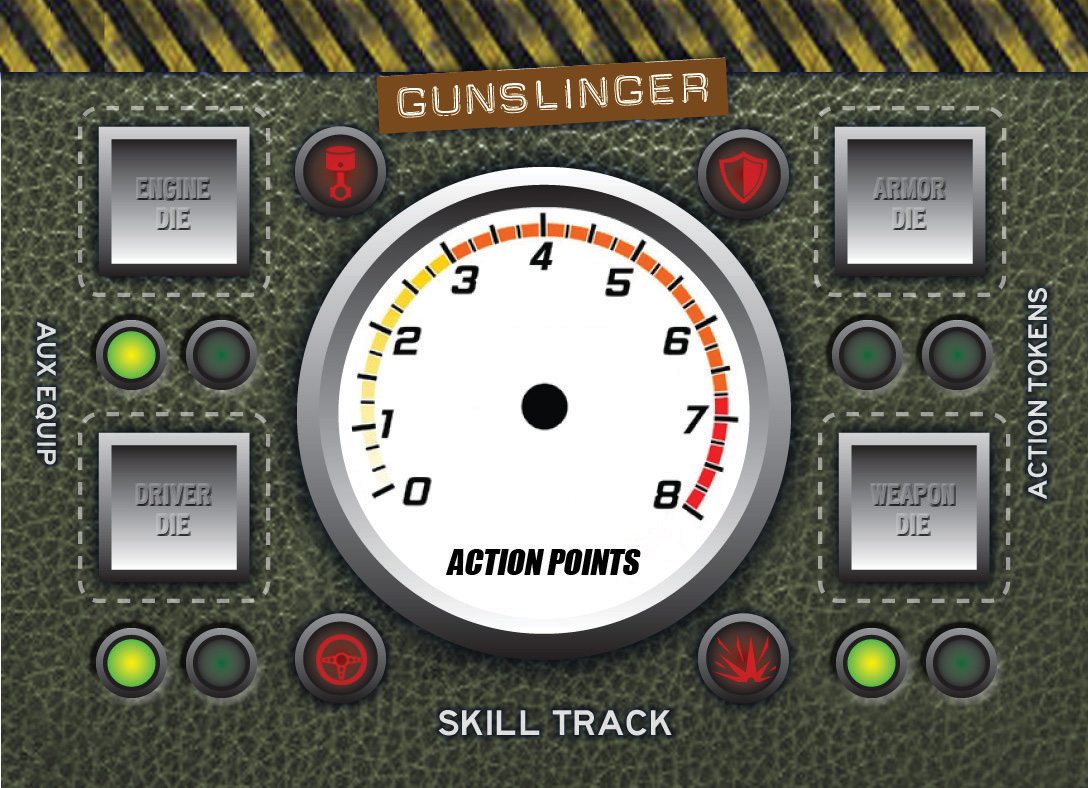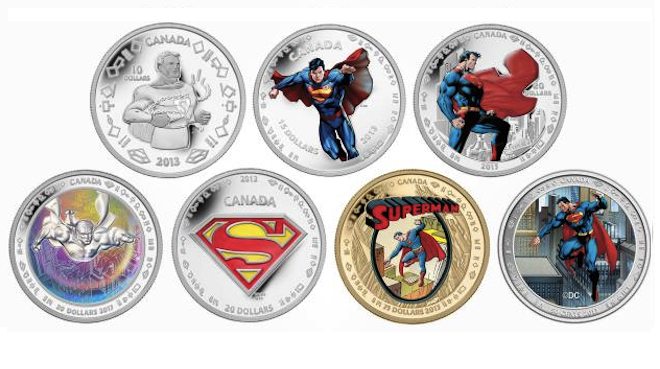Back in the ’80s I used to play this video game called Spy Hunter. I was pretty darn good at it, too — I could play for hours and hours on one quarter and would frequently just give up and let someone step in and take over. You raced your car in this never-ending zig-zag of roads, shooting enemy vehicles and trying to knock them off the road. An occasional helicopter would make an appearance, and the only way to take care of it was with missiles. You could also put some enemies in the distance with a well-timed smoke screen or a nice big slop of oil on the road behind you. A semi-truck would occasionally appear, and you’d press this button on the steering wheel to call the truck up and then drive inside to upgrade your weapons. Totally fun. (And there was even an off-road option that eventually appeared that let you turn your car into a speedboat — same weapons were available, but my favorite was oil, which was ignited and provided a nice burning hazard for enemy boats.)
And who could forget those amazing final twenty minutes of Road Warrior, with those post-apocalytpic vehicles chasing the tanker-truck across the desert? There are plenty of books and movies that feature weaponized cars and trucks, and I imagine many drivers has had a moment or two behind the wheel where they wished they had a smoke screen button for that tailgater… or maybe a hood-mounted machine gun. For shooting out tires only, of course. Thankfully, the laws of our land prevent this kind of thing.
But if you’re itching to really know how you might stack up against your fellow drivers if car combat were a reality, a new Kickstarter has just gone live that will allow you and up to seven other players take to the open highways and duke it out with small, medium, and artillery-sized weaponry. It’s called Outrider, and here’s some basic info on how it’s played.
First, one of the coolest features of this game is the ability to play with actual 1/64th scale vehicles such as Hot Wheels and Matchbox cars. If you’ve got kids, you’ve probably got a small collection of these sitting in a box somewhere. Dust them off, pull out your paints, and give them a nice patch-work paint job and then glue on some guns.
Not counting any Stretch Goals or Expansions, the basic game will come with the following:
* Set of 16 Vehicle Cards with matching Dashboard Cards (8 double-sided cards each)
* One deck of 15 Maneuver Cards
* Three Range/Line of Sight Cards
* One Rules Reference Card
* Resource Tokens for 8 players
* Twelve Terrain Tiles (for constructing scenarios and your own warzones)
* One Rulebook
* One set of 4 dice (D6, D8, D10, D12)
The artwork on the cards is great, especially the cars. If you don’t want to take some real toy cars and dress them up, the included cars (such as the Interceptor or Gunslinger) are detailed enough to enjoy in a firefight. Each vehicle card comes with a matching Dashboard Card that allow you to further customize your car — you choose between four dice (d6, d8, d10, and d12) and allocate each die to Engine, Armor, Driver, and Weapon settings. These die selections affect game play in some really fun ways — the Engine, for example, will deliver a certain amount of horsepower that is limited by the die you assign. The d6 means a smaller engine and 3 Action Points (used during your turn) than a d12’s bigger engine that provides 6 Action Points. Assigning the D12 sounds good, but that means you’ll be limiting your weapons, armor, and even the skill of your freelancer passenger who will factor into combat. From a mathematical point of view, four categories with four different dice offers up 16 unique custom configurations, but there are even further variations such as bonuses that change from car to car — the Trailblazer, for example, gets bonus points applied to the Driver and Weapons settings. Certain cars offer three or four bonus points up-front (give these to new players) while other cars have only one bonus (great for game balance with veterans playing newbies).
The game comes with LOTS of tokens/chits. These are used with the Dashboard Cards to represent bonuses, Action Points, and car armor, for example. The box comes with a nice organizing tray that keeps all these items separate and easy to find.
Game play follows a simple three-step round — Initiative Phase, Action Phase, and End (Bookkeeping) Phase. Initiative phase is simple, and it changes from round to round. A special Lucky/Second Wind card is awarded to each round’s winner that provides two bonuses during that player’s turn. The End Phase is also relatively short, with players checking that all Skill Points have been used and any destroyed/dead vehicles are marked appropriately as obstacles. It’s the Action Phase, obviously named, where the majority of the game’s activities take place.
During Action phases, players determine the number of maneuvers their cars can make and then proceed to “program” out those maneuvers using a set of really cool cards. These allow for a variety of options such as accelerating (Punch It!), turning (Hard or Easy lefts and rights), swerves, and deceleration. Along with the movements, players can choose actions that include ramming, firing weapons, and more. The programming aspect of the game has some serious tactical options available to players looking for that kind of thing, with careful swerves and turns that allow a player to line up their fixed weapons (and their fixed line of sights) with enemy vehicles. Additional cards are provided for determining whether a weapon is lined up properly with another vehicle. After that, it’s rolls of the dice to determine outcomes such as damage value and maintaining vehicle control.
Amazingly, the rule book is only 20 pages long. It may sound complex, but the rules are easy to understand and remember. (There is an Order of Play card with Loss of Control values on the back and phase breakdown on the flip side.) The complexity of the game is left up to the player’s maneuvers and risk taking and kept out of the actual rules resolution. It is possible that Expansions may increase the ruleset a bit with new weapons or added obstacles, but as the game stands right now… once you’ve read the rules and played through an initial game, additional games will require less than a few minutes of setup before you’re ready to go again. (You can click HERE to read the rules.) I played through three different games — the first one went fine, with only a number of instances where we referenced the rulesbook, but games 2 and 3… smooth and fun, with just a few minutes spent sifting through the cards and deciding on the dice assignments. Games 2 and 3 each took less than 45 minutes (3 players each game) and all of us had a blast.
Note: I reviewed an earlier version of Outrider back in 2012 — this new 2014 version is much improved, with better graphics, use of standard-sized playing cards versus paper cutouts, and some rule changes if I remember correctly.
Wrapping up the rulebook are some fun scenarios — these are designed to be used with the terrain tiles that provide banged up roads, buildings, and other obstacles. The box set comes with 12 of these terrain tiles for highway combat. FUN!
At the time I’m writing this, the Outrider Kickstarter is almost 50% funded. There are plans to offer Expansions and Stretch Goals, so you’ll want to check out the official Kickstarter to see if anything new has been added to what I’ve described above.
New to Kickstarter? Read our crowdfunding primer.









Kids are really drawn to the game. They come for the Hotwheels, but stay for the fun. They pick up the mechanics very quickly — several parents have been pleasantly surprised at how fast kids engage in forward planning and tactics while playing at our live demos. It’s a great way to introduce them into a world of gaming beyond ‘roll and move’ but not be so simulation focused to be unapproachable.
Car Wars just got republished.
http://www.sjgames.com/car-wars/games/classic/
“Car Wars” was first. Played a ton of it back in the 80’s in college. Then came “Dark Future” by Games Workshop. It also allowed you to modify hotwheels and matchbox cars. This game sounds a lot like it just 20 years later.
http://boardgamegeek.com/boardgame/2285/dark-future